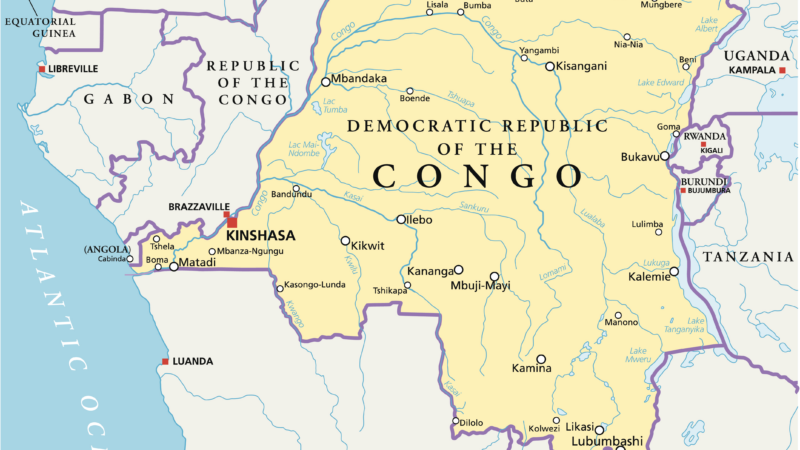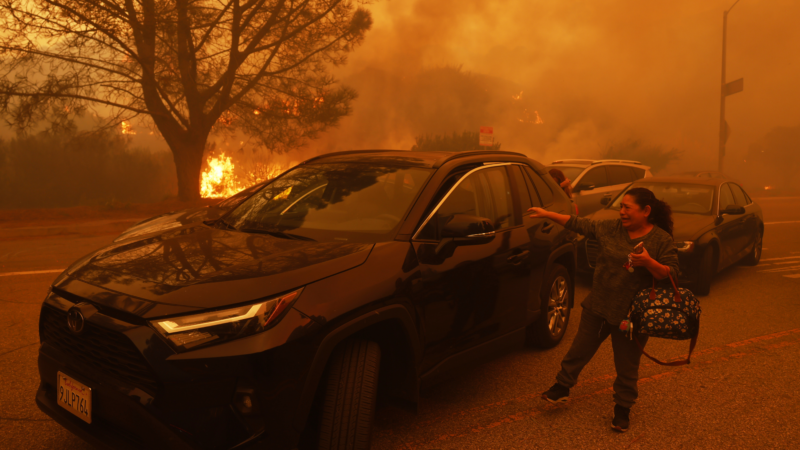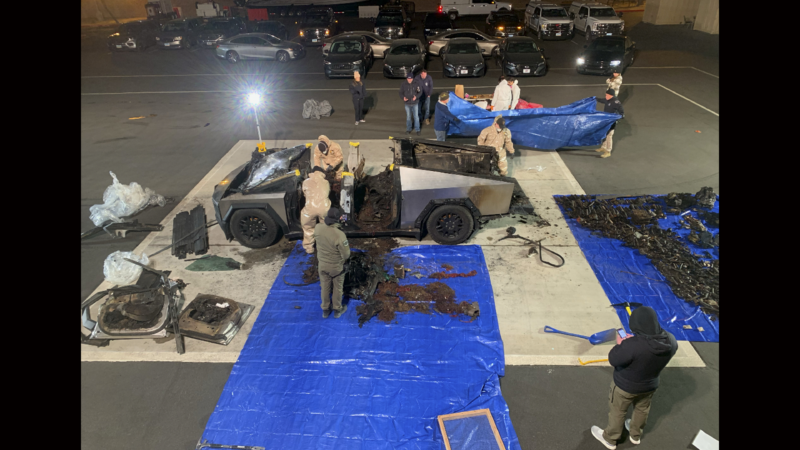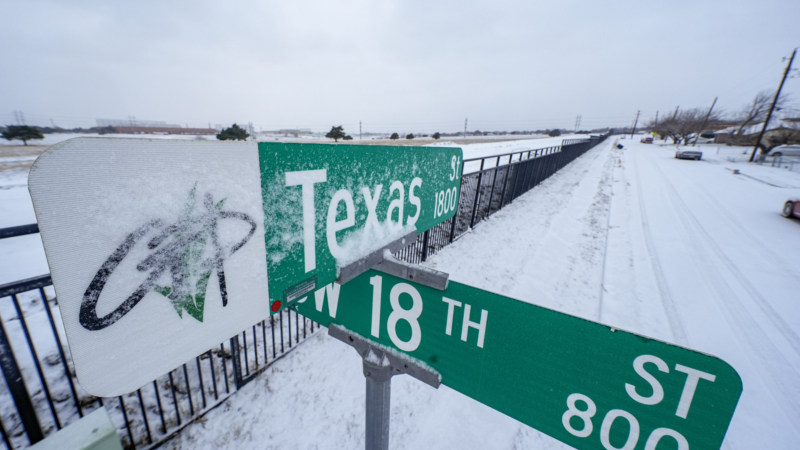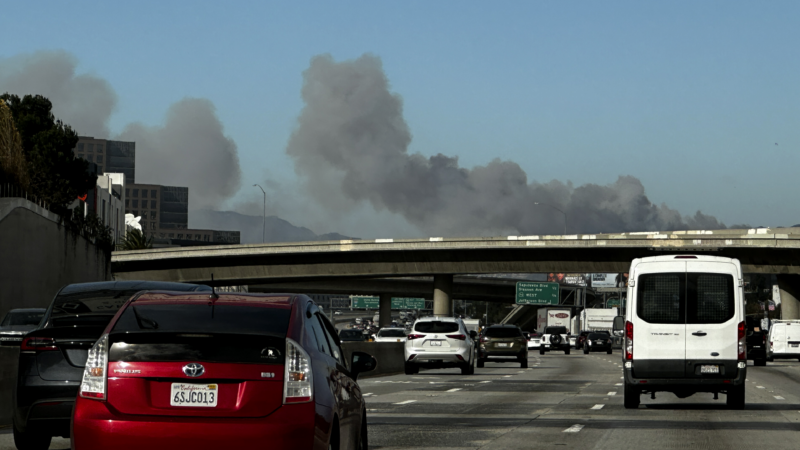How worried should we be about Disease X?
They’re calling it Disease X. It’s a mysterious illness circulating in a remote part of the Democratic Republic of Congo. Current figures: almost 400 cases and 79 deaths. International health authorities are monitoring.
It all started on October 24 when the first patient fell ill with an unidentified sickness. Others soon followed, all in the Panzi health zone in Kwango Province. But it wasn’t until December 1 that the national government was notified.
“At the Emergency Operation Center for Public Health and at the INSP [National Institute of Public Health] — which is in maximum alert mode — we’ve already positioned central-level teams who will leave within 24 hours to join the [local] health zone,” says Dr. Dieudonné Mwamba, the director general of INSP, who spoke in French at a press briefing on Thursday.
“The most frequent symptoms that were noted: fever, headache, cough and sometimes difficulties to breathe,” he said. More than half the cases are in children under 5.
Prognosis: Uncertain
No one knows yet how worried to be about Disease X. In fact, “situations like this occur probably several times a year around the world,” says Michael Osterholm, director of the Center for Infectious Disease Research and Policy at the University of Minnesota, who has been tracking the DRC outbreak.
Most times, an unidentified disease is in fact identified as something that’s known and brought under control locally. However, in all such instances the concern is that the disease will take off and spread around the world, as COVID-19 did. In the DRC, he says, the mortality rate is striking but “it hasn’t appeared to grow exponentially.”
As Congolese officials as well as international teams from the Africa Centers for Disease Control and Prevention and the World Health Organization descend on the rural area to investigate, samples from the patients have already been sent to a lab in the provincial capital more than 300 miles away. They are being run through a battery of tests to see if the disease can be identified. Results are expected in 24 to 48 hours.
Preliminarily, it appears the disease may be airborne, experts said at the Thursday press briefing. However, that has not yet been confirmed and there are tons of unanswered questions.
“Is it an infectious disease? Is it a non-infectious disease? If we talk about infection diseases, is this a viral infection? Is it a bacterial infection? Is it a fungal infection? Is it a parasitic infection? There are so many things we don’t know,” says Dr. Jean Kaseya, director general of Africa CDC. “We want to know very quickly, what is this disease? The world is wondering.”
Mwamba said the part of the country impacted by the disease has a lot of malnutrition — around 40% — and that can make people particularly “vulnerable” to diseases. The area was also hit by an outbreak of typhoid fever two years ago. The DRC is urging people to remain calm and vigilant. It’s also asking those in the area not to attend mass gatherings or handle a person’s remains.
Why the delay in alerting the government?
Kaseya expressed frustration at how long it took for the national authorities to get alerted. “How can we accept having five, six weeks of delay?” he says, arguing that this is a case for strengthening disease surveillance systems and boosting local health systems.
However, Osterholm is not surprised by how long it took, saying it often takes time for local health workers to piece together what is happening. “It’s very possible that these cases were scattered throughout a region where it wouldn’t be immediately apparent [they were related],” he says.
Still, he says, time is critical. “We need to make sure that we have the resources to intervene quickly” both for the local population’s wellbeing and to ensure the disease doesn’t cross international borders.
In a statement, the U.S. Centers for Disease Control and Prevention said “U.S. Government staff, including those from U.S. CDC’s country office in Kinshasa, are in contact with DRC’s Ministry of Health and stand ready to provide additional support if needed.”
Osterholm says the international authorities and DRC health authorities are “all over this right now — and that’s a very good sign.”
Photos: Thousands in Los Angeles evacuate as wind-fueled Palisades Fire quickly worsens
More than 30,000 people in Los Angeles County have been ordered to evacuate as the Palisades Fire blazed through the Pacific Palisades community, fueled by intense Santa Ana winds.
Man who exploded Cybertruck in Las Vegas used ChatGPT in planning, police say
The highly decorated soldier who exploded a Tesla Cybertruck outside the Trump hotel in Las Vegas used generative AI including ChatGPT to help plan the attack, Las Vegas police said Tuesday.
Wild weather brings snow to the South and Santa Ana winds to the West
As the South prepped for snow and more cold starting Wednesday, residents in Southern California faced off with hurricane-strength winds.
What to know about Trump and his keen interest in Greenland
President-elect Donald Trump has said multiple times that the U.S. should buy Greenland, an autonomous territory of Denmark. The sparsely populated island is geopolitically important and mineral-rich.
There’s great TV coming in January, from ‘Severance’ Season 2 to a Jerry Springer doc
There is a lot of TV on deck in the new year – including multiple medical dramas, a violent Netflix drama about Utah settlers in the 1850s, plus, cop shows, Westerns and documentaries.
Life-threatening windstorm triggers wildfire in Southern California
Southern California hasn't seen significant rainfall since last April, and a pileup of dry fuel in combination with the winds has the region on edge. A mandatory evacuation order was issued for the Palisades.
